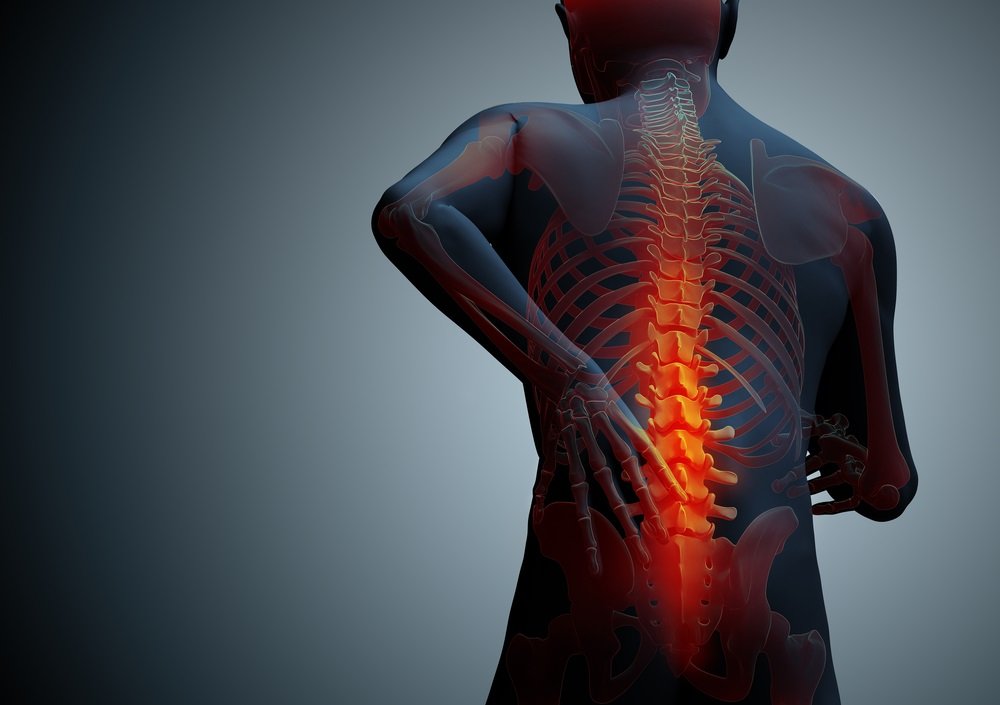Pain management in older adults presents a distinct set of challenges and requires tailored approaches to effectively address their unique needs. As people age, they often experience an increase in Managing chronic pain due to various conditions such as osteoarthritis, neuropathy, and spinal stenosis. This article explores the unique challenges faced by older adults in managing pain and offers practical solutions to enhance their quality of life.
Unique Challenges in Pain Management for Older Adults
Age-Related Physiological Changes
As people age, their bodies undergo several physiological changes that can affect pain perception and management:
- Decreased Metabolism: Older adults often have a slower metabolism, which can affect how medications are processed and eliminated from the body. This necessitates careful dosing and monitoring to avoid potential side effects and drug interactions.
- Reduced Renal and Hepatic Function: Kidney and liver functions may decline with age, impacting the clearance of medications. This can lead to an increased risk of adverse effects from medications, particularly those that are metabolized by these organs.
- Changes in Pain Sensitivity: Aging can alter pain sensitivity and perception. Some older adults may experience heightened sensitivity to pain, while others might have diminished pain perception, leading to underreporting of pain and inadequate treatment.
Polypharmacy and Drug Interactions
Older adults are often prescribed multiple medications for various health conditions, a situation known as polypharmacy. This increases the risk of:
- Drug Interactions: Multiple medications can interact in unpredictable ways, potentially leading to adverse effects or reduced efficacy of Pain Management strategies.
- Increased Side Effects: The combination of several drugs can exacerbate side effects, including gastrointestinal issues, dizziness, and cognitive impairments.
Cognitive and Psychological Factors
Pain management in older adults is also complicated by cognitive and psychological factors:
- Cognitive Decline: Conditions like dementia can affect an older adult’s ability to communicate pain effectively, making accurate pain assessment more challenging.
- Mental Health Issues: Depression and anxiety are common in older adults and can influence pain perception and management. These conditions can also complicate treatment adherence and effectiveness.
Solutions and Strategies for Effective Pain Management
Comprehensive Assessment
A thorough assessment is crucial for developing an effective pain management plan for older adults. This includes:
- Detailed Medical History: Understanding the full spectrum of an older adult’s medical conditions, current medications, and past pain management experiences.
- Pain Assessment Tools: Utilizing pain assessment tools specifically designed for older adults, such as the Brief Pain Inventory (BPI) or the McGill Pain Questionnaire, can help in accurately gauging pain levels and impacts on daily life.
- Functional Evaluation: Assessing how pain affects daily activities and quality of life helps in tailoring treatment plans to address practical challenges and goals.
Medication Management
Careful management of medications is essential to minimize risks and maximize benefits:
- Tailored Dosing: Adjusting medication dosages based on renal and hepatic function, and starting with lower doses to gauge tolerance before increasing.
- Regular Monitoring: Frequent monitoring of medication effects and side effects to ensure optimal efficacy and safety.
- Minimizing Polypharmacy: Regular review of all medications to avoid unnecessary drugs and potential interactions. Consider simplifying medication regimens where possible.
Non-Pharmacological Approaches
Incorporating non-pharmacological therapies can provide significant relief and reduce reliance on medications:
- Physical Therapy: Engaging in physical therapy can improve mobility, strength, and function, thereby reducing pain. Tailored exercise programs can help manage conditions like arthritis and back pain.
- Occupational Therapy: Occupational therapists can recommend modifications to the home environment and suggest adaptive tools to help older adults perform daily activities with less pain.
- Psychological Interventions: Cognitive-behavioral therapy (CBT) and other psychological interventions can help manage pain-related stress and improve coping strategies.
Lifestyle Modifications
Lifestyle changes can play a crucial role in managing chronic pain:
- Exercise and Physical Activity: Encourage regular, low-impact exercise such as walking, swimming, or yoga to maintain mobility and reduce pain. Exercise can also help in managing weight, which can alleviate pressure on joints.
- Nutrition: A balanced diet rich in anti-inflammatory foods can support overall health and potentially reduce pain. Foods high in omega-3 fatty acids, antioxidants, and vitamins may be beneficial.
- Stress Management: Techniques such as mindfulness, meditation, and relaxation exercises can help manage stress, which can exacerbate pain.
Caregiver Support and Education
Caregivers play a vital role in the pain management of older adults. Providing them with:
- Education: Educate caregivers on pain management strategies, medication administration, and recognizing signs of pain or distress.
- Support: Offer support resources and respite care to help caregivers manage their responsibilities and reduce burnout.
you can also visit:https://cleverblogger.in/
Conclusion
Pain management in older adults requires a multifaceted approach that considers the unique physiological, psychological, and practical challenges associated with aging. By implementing comprehensive assessments, personalized medication management, non-pharmacological therapies, lifestyle modifications, and caregiver support, healthcare providers can enhance the quality of life for older adults experiencing chronic pain. A collaborative approach, involving both healthcare professionals and caregivers, is key to developing effective pain management strategies and ensuring that older adults receive the care and support they need.





liquid anabolic steroids
References:
steroid Body transformation (https://graph.org/buy-anavar-10mg-online-worldwide-delivery-08-05)